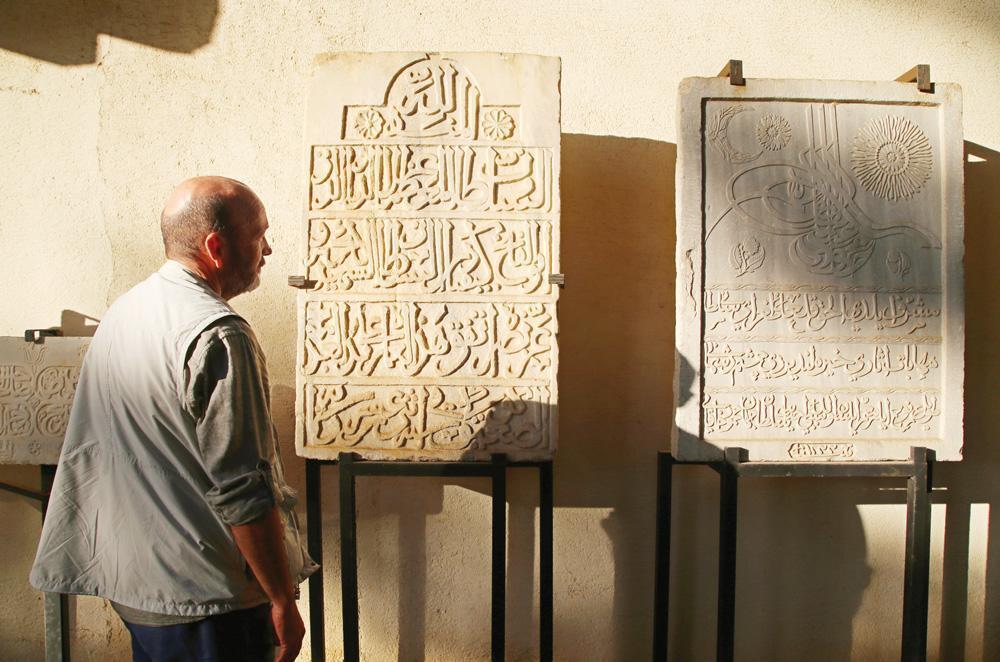
Irish art historian Mikail Patrick Duggan, who lives in the southern province of Antalya, is working to find Turkish Islamic artifacts that have been smuggled abroad.
The Mediterranean Civilizations Research Institute academic Duggan, 59, moved to Antalya 27 years ago as he was impressed with the city’s history. Studying Turkish history, Duggan took the name Mikail after converting to Islam and focused on studying Seljuk-era art in Turkey.
His work focuses on revealing the earliest Islamic art in Anatolia and returning the smuggled Turkish Islamic artifacts from abroad.
Speaking to state-run Anadolu Agency, Duggan said he was interested in the land of Alexander the Great and Islamic geography and had visited certain cities, from Thessaloniki to Egypt and Tunisia. He had converted to Islam while studying the religion.
Duggan also said he had visited various Turkish cities and had moved to Antalya because of his love for the Seljuk. He had spent six hours observing the Yivli Minaret and the civilization it was built on.
In Antalya, the Ahi Yusuf Mosque, the Alaaddin Mosque, Gıyaseddin Keyhüsrev Madrasah, Evdir Han, the Alanya Castle and the Aspendos Antique Theater are among the many Seljuk-era structures he has studied, in addition to ones in other Turkish cities.
While studying Seljuk art in Turkey and abroad, Duggan said he had found lots of Turkish Islamic artifacts that were smuggled abroad. He said he was happy to see some of the smuggled artifacts had been returned to Turkey in recent years, but most pieces, aside from tombs and sculptures, were still abroad.
“Ancient-era artifacts that have been smuggled from Turkey are being returned to Turkey thanks to serious efforts. However, I do not think there has been much attempt to return Turkish Islamic artifacts that have been smuggled from various Anatolian cities. That is why as an art historian who knows the west very well, I have dedicated myself to finding these Islamic artifacts. I have found out that most of them are in museums and special collections. The Culture and Tourism Ministry have made some attempts but some of the artifacts are sold in private auctions. I find them and inform the relevant institutions.”
Duggan said the famous İznik tiles were the most important among the smuggled artifacts and that they had been kept in museums and private collections in England as well as in Paris and New York. He said that a marble relief of an angel was recently sold through an auction website.
“A golden turquoise ring with a lion head motif was also sold in an auction. Efforts should be made for the return of these artifacts,” said the historian, adding that Islamic artifacts had not only been smuggled to western countries but to Arabic countries such as Kuwait and Saudi Arabia as well.
From his studies of western and Islamic art, he found that “each ornamentation has a meaning in Islamic art. I saw in all Seljuk artifacts that ornamentation was done for a reason. I am really impressed by Islamic ornamentations,” said Duggan. He also said he would deliver a detailed report on the pieces from Seljuk and Turkish Islamic culture abroad to the Culture and Tourism Ministry.